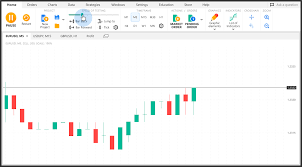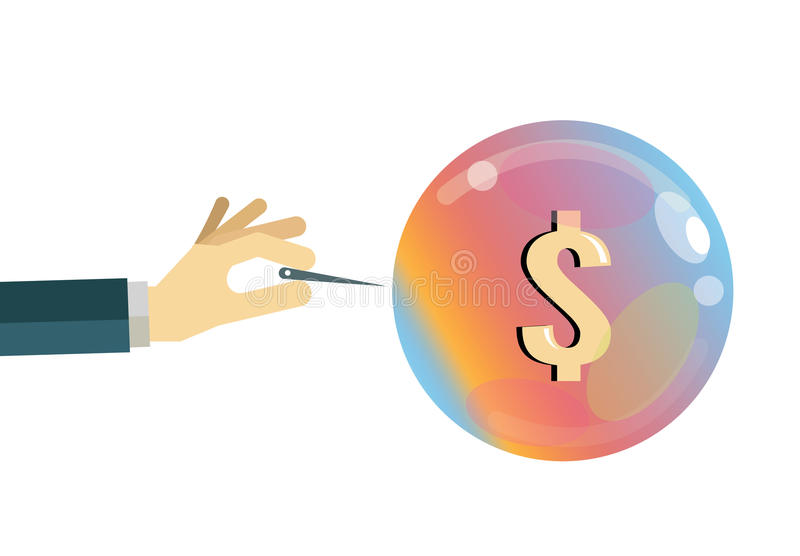
If you're thinking about investing in IPO stocks, there are some things you should know first. IPO stocks are not for everyone. You must know the rules and take precautions. You can read on to learn how to invest in IPO stock. You will learn all about IPO regulations, the pricing and how to invest in IPO stocks.
Investing in ipo stocks
IPO stocks are a great way for you to invest in a new company and watch your investment grow. You have the chance to be the first person to enter the company through an IPO. This gives you the opportunity to witness the company's rapid growth and can help increase your wealth many times over. A company could have a fantastic product or gain momentum.
Investing in IPO stocks is a lucrative investment opportunity, but you have to understand the risks involved. These companies can be volatile and are often relatively new. Many IPOs don't live up to their hype. You may need to do some research to ensure that the company is a good match for you.

Regulations
Regulations governing IPO stocks control the selling of securities to the public markets. Generally, an IPO must first be registered with Securities and Exchange Commission (SEC). The secondary market for securities that are listed is also governed by the SEC. Companies are required to adhere to ongoing reporting obligations. IPOs will also be subject to regulatory oversight.
The IPO markets are cyclical. There are many factors that influence how much activity. It saw significant growth in 2013 and 2014. However, it experienced a slowdown in 2015-2016. It gained momentum in 2017 after rebounding. It appeared that IPO activity would continue to be strong in the first quarter 2020. However, the COVID-19 pandemic brought down the market.
Value of ipo stocks
The value of an IPO shares can be influenced by several factors. The number of shares available is one of the most important factors. A high share count can lead to a higher price for the shares than a lower number. A company's financial performance can also influence the value of the share. The value of an IPO depends on many factors, including the current price of similar shares of the same company. Other factors include the market's current trend and the company’s potential for growth.
If new stocks are issued in the right markets, they can be able to rise quickly. Alphabet, Google’s parent company, has seen a 300% rise in just 15 months. But new issues can be volatile, and not all offer impressive gains. Recent examples of IPOs include Alibaba and Facebook.

There are potential risks when investing in ipo shares
While IPOs can be an exciting investment opportunity, they should also be treated with caution. These investments have long holding periods, and there are no guarantees. The company behind the IPO is usually privately held, so there is no guarantee that its stock will continue to increase in value. The IPO shares are also often subject to lock-in periods, which cause a rush to sell them.
Another risk with IPO investments lies in the speculative nature. You should consult your brokerage company before investing in an IPO. Your income, net worth and tolerance for risk will help you determine whether an IPO is right for you. A broker might not recommend you invest in an IPO if it is not appropriate for your situation.
FAQ
How are securities traded?
The stock market is an exchange where investors buy shares of companies for money. In order to raise capital, companies will issue shares. Investors then purchase them. These shares are then sold to investors to make a profit on the company's assets.
Supply and Demand determine the price at which stocks trade in open market. If there are fewer buyers than vendors, the price will rise. However, if sellers are more numerous than buyers, the prices will drop.
You can trade stocks in one of two ways.
-
Directly from the company
-
Through a broker
What's the difference between marketable and non-marketable securities?
The principal differences are that nonmarketable securities have lower liquidity, lower trading volume, and higher transaction cost. Marketable securities are traded on exchanges, and have higher liquidity and trading volumes. Marketable securities also have better price discovery because they can trade at any time. This rule is not perfect. There are however many exceptions. Some mutual funds are not open to public trading and are therefore only available to institutional investors.
Marketable securities are more risky than non-marketable securities. They are generally lower yielding and require higher initial capital deposits. Marketable securities are generally safer and easier to deal with than non-marketable ones.
A large corporation bond has a greater chance of being paid back than a smaller bond. This is because the former may have a strong balance sheet, while the latter might not.
Because they can make higher portfolio returns, investment companies prefer to hold marketable securities.
How do you choose the right investment company for me?
You should look for one that offers competitive fees, high-quality management, and a diversified portfolio. The type of security that is held in your account usually determines the fee. While some companies do not charge any fees for cash holding, others charge a flat fee per annum regardless of how much you deposit. Some companies charge a percentage from your total assets.
It is also important to find out their performance history. A company with a poor track record may not be suitable for your needs. Avoid companies with low net assets value (NAV), or very volatile NAVs.
It is also important to examine their investment philosophy. Investment companies should be prepared to take on more risk in order to earn higher returns. If they are unwilling to do so, then they may not be able to meet your expectations.
What is a bond?
A bond agreement between two people where money is transferred to purchase goods or services. It is also known to be a contract.
A bond is usually written on a piece of paper and signed by both sides. The bond document will include details such as the date, amount due and interest rate.
When there are risks involved, like a company going bankrupt or a person breaking a promise, the bond is used.
Many bonds are used in conjunction with mortgages and other types of loans. This means the borrower must repay the loan as well as any interest.
Bonds are used to raise capital for large-scale projects like hospitals, bridges, roads, etc.
A bond becomes due when it matures. That means the owner of the bond gets paid back the principal sum plus any interest.
Lenders can lose their money if they fail to pay back a bond.
What is the main difference between the stock exchange and the securities marketplace?
The securities market refers to the entire set of companies listed on an exchange for trading shares. This includes stocks, bonds, options, futures contracts, and other financial instruments. Stock markets are usually divided into two categories: primary and secondary. Primary stock markets include large exchanges such as the NYSE (New York Stock Exchange) and NASDAQ (National Association of Securities Dealers Automated Quotations). Secondary stock market are smaller exchanges that allow private investors to trade. These include OTC Bulletin Board Over-the-Counter, Pink Sheets, Nasdaq SmalCap Market.
Stock markets are important for their ability to allow individuals to purchase and sell shares of businesses. The value of shares depends on their price. A company issues new shares to the public whenever it goes public. Dividends are paid to investors who buy these shares. Dividends can be described as payments made by corporations to shareholders.
Stock markets serve not only as a place for buyers or sellers but also as a tool for corporate governance. Shareholders elect boards of directors that oversee management. Boards ensure that managers use ethical business practices. If a board fails in this function, the government might step in to replace the board.
Statistics
- US resident who opens a new IBKR Pro individual or joint account receives a 0.25% rate reduction on margin loans. (nerdwallet.com)
- "If all of your money's in one stock, you could potentially lose 50% of it overnight," Moore says. (nerdwallet.com)
- Our focus on Main Street investors reflects the fact that American households own $38 trillion worth of equities, more than 59 percent of the U.S. equity market either directly or indirectly through mutual funds, retirement accounts, and other investments. (sec.gov)
- Individuals with very limited financial experience are either terrified by horror stories of average investors losing 50% of their portfolio value or are beguiled by "hot tips" that bear the promise of huge rewards but seldom pay off. (investopedia.com)
External Links
How To
How to create a trading plan
A trading plan helps you manage your money effectively. It allows you to understand how much money you have available and what your goals are.
Before setting up a trading plan, you should consider what you want to achieve. You may want to make more money, earn more interest, or save money. You might want to invest your money in shares and bonds if it's saving you money. You could save some interest or purchase a home if you are earning it. Perhaps you would like to travel or buy something nicer if you have less money.
Once you decide what you want to do, you'll need a starting point. It depends on where you live, and whether or not you have debts. It's also important to think about how much you make every week or month. Your income is the net amount of money you make after paying taxes.
Next, save enough money for your expenses. These include rent, bills, food, travel expenses, and everything else that you might need to pay. All these things add up to your total monthly expenditure.
Finally, you'll need to figure out how much you have left over at the end of the month. This is your net disposable income.
Now you know how to best use your money.
Download one online to get started. You can also ask an expert in investing to help you build one.
Here's an example.
This shows all your income and spending so far. You will notice that this includes your current balance in the bank and your investment portfolio.
Here's an additional example. A financial planner has designed this one.
It will let you know how to calculate how much risk to take.
Don't try and predict the future. Instead, you should be focusing on how to use your money today.